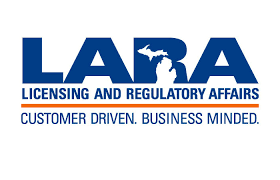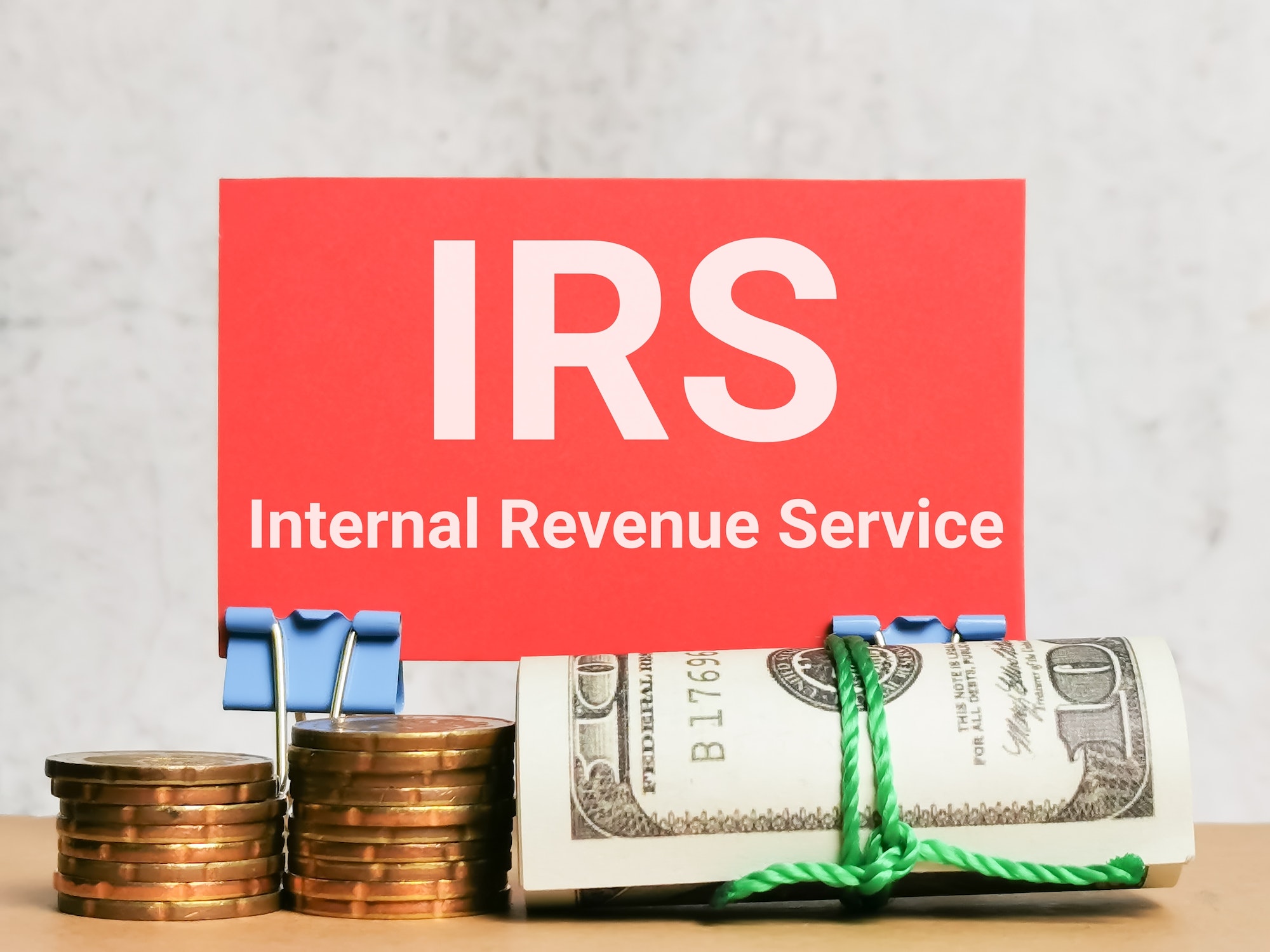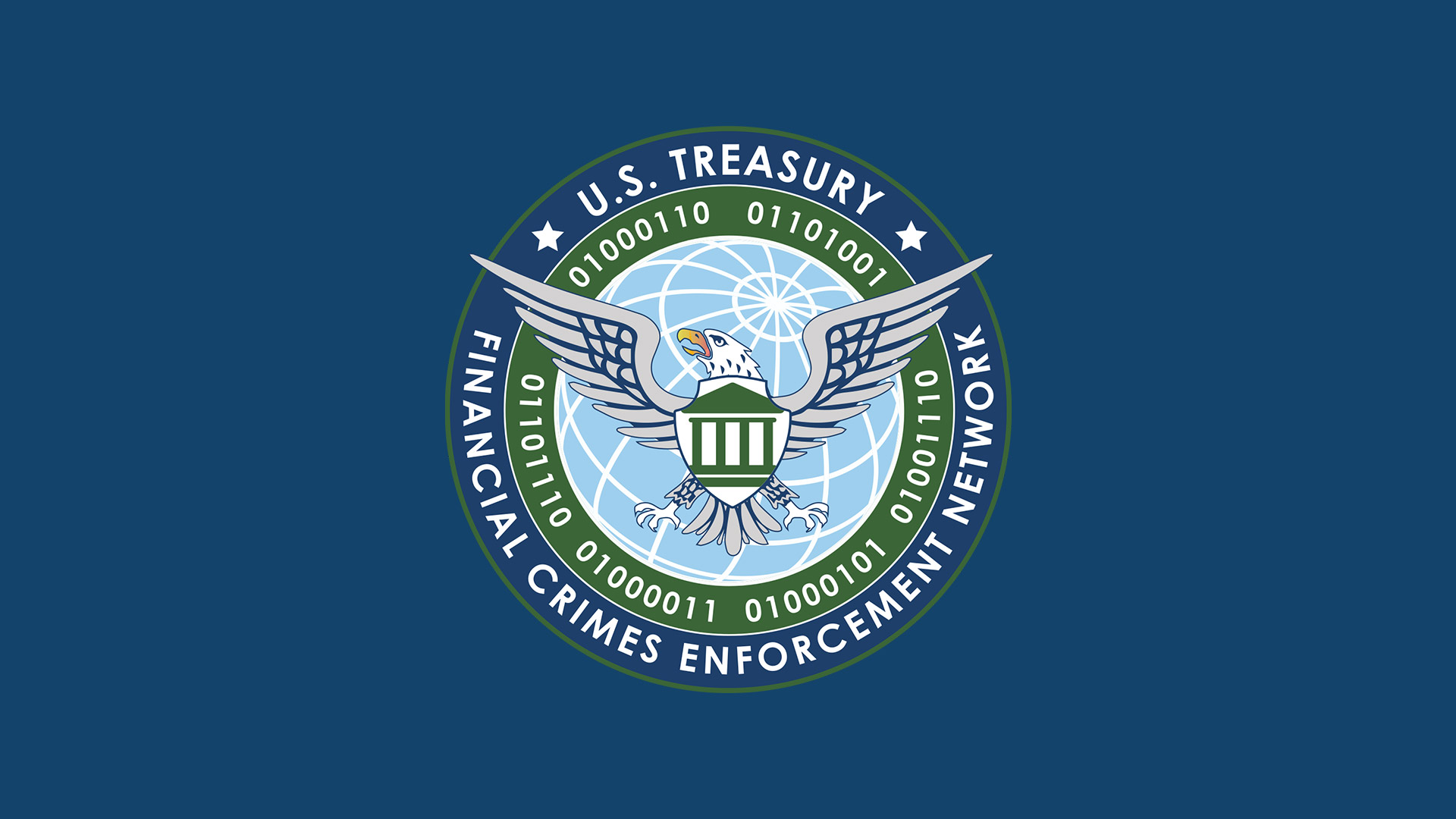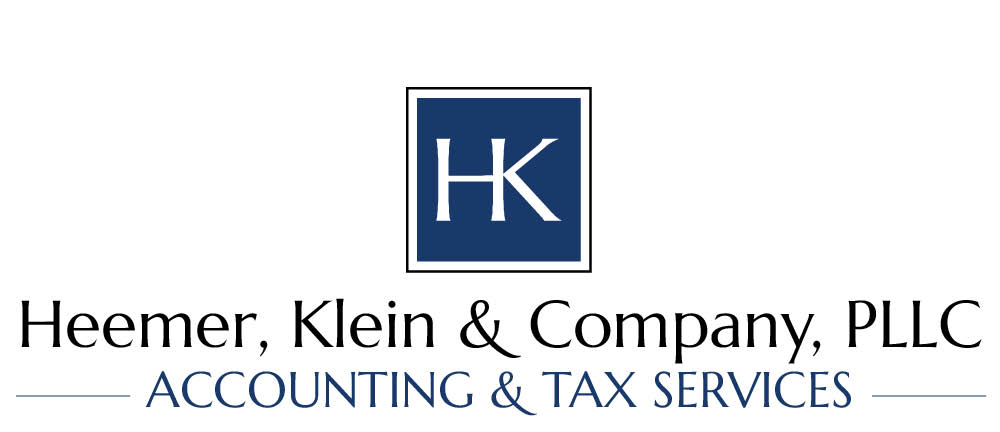Penalties Increase for Not Filing a 2019 1099 When Required
The IRS has raised the fee for not properly filing Form 1099-MISC to $270 per occurrence. The IRS is looking at this issue as audits are being conducted. For instance, neglecting to file 30 required 1099s may end in a penalty of $8,100.
Any unincorporated entity – considering those for whom you paid $600 or more during your taxable year – needs to be filed as Form 1099-MISC. You must file a 1099 by January 31 of the following taxable year. The majority of companies have not realized that some of their clients might not be incorporated. Keep in mind that lawyers, even if incorporated, require 1099 to be sent to them.
For each person you’ve paid at least $600 in leases, supplies (including parts and materials), prizes and awards, or other income payments, you will submit a Form 1099-MISC. You are expected to file a Form 1099-MISC only for transactions you have made in the course of your business or trade, not for personal use. You may need to submit a Form 1099-MISC to any person, partnership, LLC, LLP, or estate to whom it applies.
The simplest way to collect information about suppliers for a Form 1099-MISC is a W-9. When you expect a vendor to pay more than $600, allow them to fill out a W-9 before charging them. The W-9 will give you everything you need to complete 1099.
You need to order them from the IRS to request a Form 1099-MISC, pick them up from an IRS service center, or pick them up from the nearest post office, while the supplies last. Because they are in triplicate, they are not accessible online. You will compile all your 1099s and send them with a Form 1096 to the IRS and submit them by the deadline. Although you will send all 1099s to your vendors by January 31, the deadline for sending Form 1099-MISC and Form 1096 to the IRS is February 28.
Backup withholding penalties
While penalties can be large, the most exposure is kept by the backup withholding measure. Backup withholding is an IRS provision for businesses in certain cases to withhold 24 percent of a payment to a U.S. company and remit the balance to the IRS. When the first payment is made to the seller, companies are required to make an initial request for the TIN number (done with a W-9 form).
If the provider refuses to provide a W-9 form when you first submit it, you must begin withholding the backup. If you do not start withholding backup when required, you may be liable for the entire amount that was not withheld. Therefore, if, during a calendar year, a company pays a vendor $100,000 and does not withhold the necessary 24 percent, it may be required to pay the $24,000 in backup withholding to the IRS.
Get a W-9 form before every vendor payment
Due to the possible likelihood of an allowance of 24% backup withholding on the full sum paid to a vendor, it is critical that you obtain a W-9 form from each vendor. Be sure you have an airtight procedure in place to ensure you receive a W-9 form before your vendor makes the first payment. Additionally, you should have a way to track the requested W-9s and control them to ensure receipt. Avoid looking at year-end to catch up on lost W-9s. You will then find vendors who are no longer in business, don’t have good contact information or don’t give you a W-9 to avoid issuing a 1099 form.
Only one missing source of W-9 exposure is too great. For the above case, two payments of just $90,000 were estimated at $21,600 for contingency withholding due to missed W-9s. Had the payments totaled $500,000, a withholding assessment of 24% of the backup would be $120,000. Backup withholding costs can be significant and as payment to the vendor had already been made, it would be an expense for the firm.
It is also important to ensure the completeness and correctness of the W-9 forms you receive. W-9s that lack the TIN number, name, or signature may also be subject to the withholding of the 24 percent backup. A mismatch between the name and the number of the TIN can also result in IRS “B” notices. These notices create additional work and increase the risk of additional fees.
New Form 1099-NEC for 2020
In reviving Form 1099-NEC, the IRS has suggested making major improvements to 1099 forms. Now Form 1099-NEC will not be available for use until the 2020 calendar year with filing due dates starting in January 2021.
The IRS explains that non-employee compensation (NEC) is in the 2019 Instructions for Form 1099-MISC. If you meet the following four conditions, you must generally report a payment as NEC.
- You paid it to someone who isn’t your employee.
- In the course of your business (including government agencies and non-profit organizations) you paid for services.
- You made the payment to an entity, partnership, or, in some cases, a corporation.
- You made payments to the collector of at least $600 during the year.









